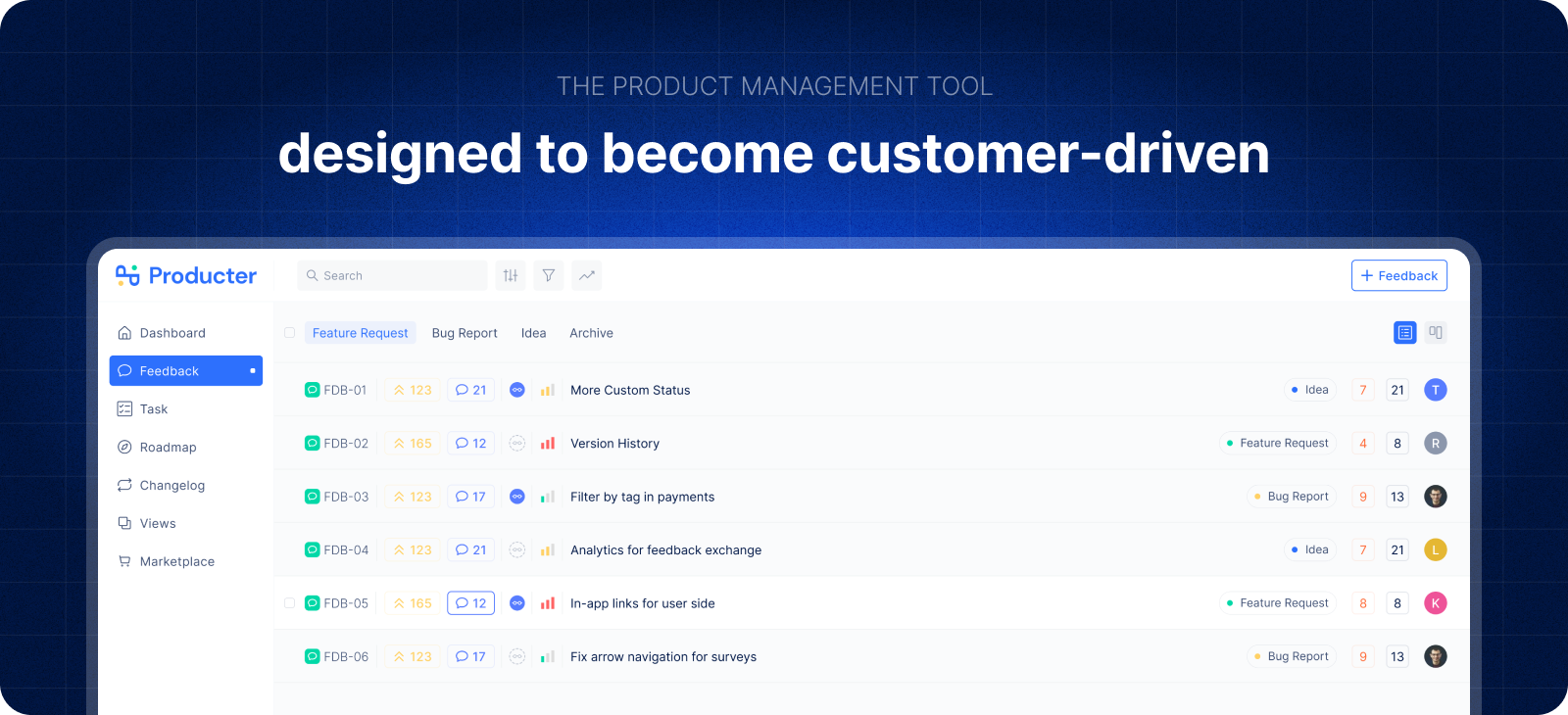If you are reading this article, I am assuming that you work in a B2B product company. However, note that I am a product management practitioner and the focus here is in writing about metrics that gauge the success of a B2B Product’s goals that you own.
The first thing to understand is that in a B2B context, there are two key user personas, hence the metrics are different as per the priorities of the persona.
- Decision-maker (the persona that takes the call to buy a B2B product)
- Product-user (the persona that actually ends up using the product)
For a Decision maker, the criteria to get onto a B2B product subscription is the RoI (Impact) and Costs (Efficiency). They would evaluate the impact of buying the product for their employees / users.
For the Product-user, the value is more in their own productivity and the actual product nuances. What features are available to make their lives easier and they would be looking for specific capabilities.
Largely, considering both the above personas and different multi-functional teams in a company, we list down different categories of metrics that you’d need to define and track on a regular basis.

Acquisition
Any B2B product has multiple areas to monitor, however the starting point is to figure the Top of the funnel - leads, signups, interested users. From a Product manager’s perspective you’d work with sales and product marketing teams to for sure track the following metrics -
- Qualified leads count - Number of leads / user accounts that are created gives a sense of ease for signup ie performance of the setting up or account creation part of the funnel
- Cost per lead (or CAC) - Cost you incur to acquire a signup on your B2B product
- Acquired users - All accounts that pay i.e. convert to any of your B2B plans
- Acquired / Qualified % - To figure out how the pre-sales funnel is working especially if your product is a freemium version
Revenue & Renewals
If you are acquiring x customers quarterly / annually, you’d also want to keep a track of how many customers you are able to retain-
- ARR (New & Renewed customers) - Annual recurring revenue is a direct metric for your business and every B2B company tracks it from year one. However, the most important factor is to slice this metric across New & Renewal customers. As you’d want to keep a check on churn and potential churn
- MRR - Monthly recurring revenue helps you manage cash flow ops and is important if your product has a monthly billing cycle
- Churn rate - Number of customers lost / Total number of customers within a time period
- Renewal %age - Number of customers who renewed / Number of existing customers
- Time to Renewal - To gauge post B2B product subscription expiry, how much times does it take for customers to renew (to keep an eye on your renewal funnels).
Usage / Engagement
Once the product is purchased by a B2B customer, you’d have to define a core action & a frequency of usage for the users on your product. A metric like DAU / WAU % does help in measuring stickiness. However, in B2B products, you’d have to define metrics based on the type of product and the core actions involved. For example, if your product is a live chat tool that allows your employees (product user persona from above) to speak to end users, you’d want to track -
- No of active user logins as a starting point metric
- No. of conversations / messages exchanged daily to figure usage
- Avg. Resolution / Response times to figure engagement of the product’s impact
The above metrics will change as per the core actions on your B2B product. The pertinent narrative here is to define the core / significant actions for users and create a metric around a ratio or quality perspective to be able to figure whether the product’s core actions don’t have any blockers.
Experience
NPS is the most important metric from an existing customer perspective. And you should set up at least a quarterly cadence to get an NPS score among your current customers.
However, to dive deeper, you can also collect feedback from the product users (persona 2) on a day to day or weekly frequency on the tool. Just asking for a simple CSAT score to end users of your product more frequently will help you capture any major issues proactively.
You can also track CES (Customer effort score) to figure out the difficulty in performing certain tasks on your B2B product.
Although the above set of metrics won’t be a universe of all possibilities to cover in a B2B product’s context, we have listed an exhaustive set of metrics for you to consider. If you enjoy Product management content and want to jump into the world of Product, please follow PM School. We run a cohort for folks trying to get into their 1st product management role.
- Written by Nikunj Sharma / Founder of PM School.
Producter is a product management tool designed to become customer-driven.
It helps you create collect feedback, manage tasks, sharing product updates, creating product docs, and tracking roadmap.






